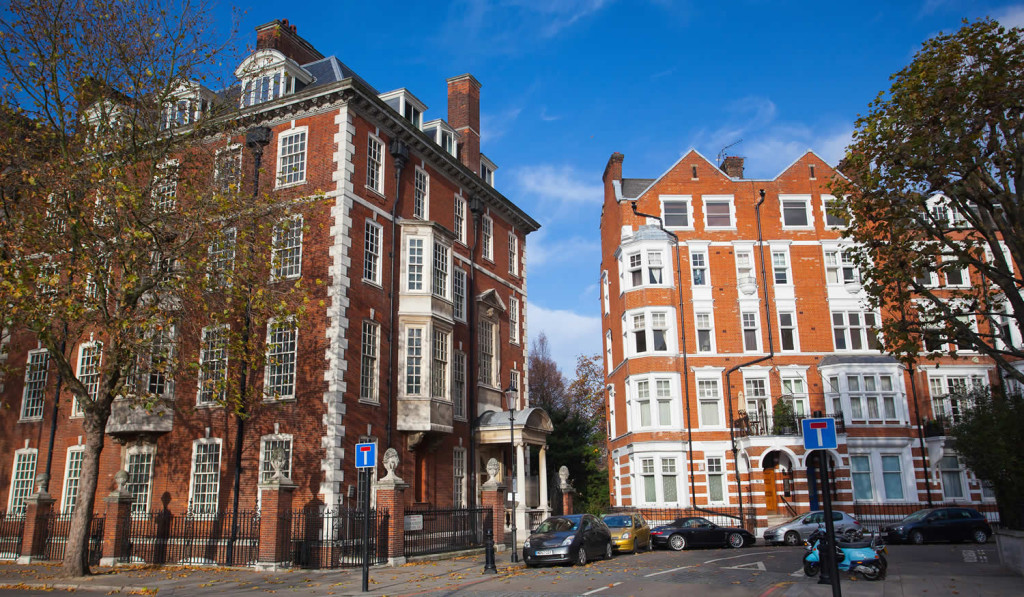
The government has closed the Help to Buy mortgage guarantee scheme that has helped 86,341 first timer buyers on to the housing market.

The government has closed the Help to Buy mortgage guarantee scheme that has helped 86,341 first timer buyers on to the housing market.

Mortgage age limits for older borrowers increase from age 75 and over due to changing demographics and people working longer.

Data from the CML has revealed older borrowers have higher levels of equity to debt with repayment rather than interest only mortgages.

House prices in the UK are up over the year and remain stable as the number of sales completed have dropped by up to a third.

One in six families have been offered a smaller mortgage from a lender due to their childcare costs adding to parents stress and anxiety.

The growth rate for homes has slowed to 5.8% a year the slowest rate since August 2013 according to the Halifax house price index.
An agreement in principle (AIP) or also known as a decision in principle (DIP) is the mortgage amount a lender is likely to offer after conducting a credit search and credit score based on a limited amount of information provided by you.
It is not requirement of a lender to have an AIP before your application and you could also speak to a mortgage broker initially to look at your income and expenditure figures to see how much you can borrow. The following are some of the benefits and risks of an agreement in principle:
| Benefits of an agreement in principle |
|---|
| Gives you the confidence of a mortgage offer before starting your property search |
| It demonstrates to an estate agent you can obtain a mortgage |
| If you have had credit issues it shows you can secure a loan from a lender |
| Too many lender AIPs could damage your credit rating |
| An AIP is not a guarantee that a full application will be accepted |
| After securing the AIP other lenders may subsequently offer better deals |
The benefit of an AIP is that it can give you a certain peace of mind that your finances are sufficient to secure a mortgage and can be conducted at any stage before making your mortgage application. The AIP is not a guarantee that you will receive a mortgage or the amount that can be offered.
Even so when you are looking for a property to buy an estate agent would appreciate you having an AIP as it shows you can obtain a mortgage when you make an offer and more likely to proceed to completion.
If you make an AIP with one lender as they offered an attractive mortgage deal at the time, you may find it takes two or three months before you make an offer on a property and there are now other better deals on the market forcing you to change.
When you make a full application the lender will require more information about your income and expenses and this could lead to a different decision. Every time you make an AIP it leaves a record of the credit search on your credit history and if you have too many of these could count against you.
If you are a first time buyer and borrowing close to your income multiple limit, have concerns about your credit history or have a short credit history you may wish to have an agreement in principle before you start your property search.
Conveyancing is the legal process involving the transfer of property ownership titles from one person to another and this service is provided by a solicitor or licensed conveyance.
The conveyancing process begins after your offer on a property has been accepted and ends when the parties have exchanged signed contracts and the funds have been transferred completing the purchase.
Although all solicitors are qualified to work on conveyencing you may wish to appoint one that is a specialist in residential property or a licensed conveyancer that only conducts these transactions.
In many cases you may be required to select the conveyancers approved by the mortgage lender if the legal fees are free with your mortgage deal otherwise you would have to pay for your own solicitor or conveyancer.
The cost of a conveyancer will vary depending on the complexity of the property transaction although this is likely to be from £500 to £1,500. The typical services provided are as follows:
| Typical services provided by a conveyancer |
|---|
| Local authority searches |
| Advising you of stamp duty charges |
| Drawing up contracts |
| Give you relevant legal advice |
| Collecting and transferring funds |
| Updating the Land Registry |
The local authority searches will reveal if there are any building plans in your area or if there is a floor risk as well as any financial liabilities associated with the property.
Stamp duty usually applies for a property purchase and the conveyancer will advise you of the cost and can receive the funds from you and pay this on your behalf. The conveyancer will check the contracts from the other side and give you relevant advice about the property boundaries.
It can often be an advantage to use a local solicitor or conveyancer as they will have local knowledge of the area where you are buying. If you need to sign legal documents many will insist you do so in person so if they are local to you it will be more convenient.
An offset mortgage combines a mortgage account, savings and current account with one provider. Each account has a different interest rate which is calculated daily and the idea is to offset the mortgage loan with the positive balances in the savings and current accounts reducing the interest cost.
If you have large amounts of savings and not earning much interest an offset mortgage would allow you to reduce your loan and potentially save thousands of pounds over the lifetime of the mortgage.
Some lenders may also allow you to include personal loans and credit cards to be included applying the lower interest rate of the mortgage rather than the higher levels of more expensive debt. Although this would reduce the interest cost, it can convert short term debt to long term debt unless your repayments are maintain at their normal levels.
An offset mortgage may not be suitable to everyone as some lenders would allow you to draw down in excess of your repayments so your mortgage balance could exceed the original loan. Therefore you would need a degree of discipline to manage your money to ensure you do not get into financial difficulty.
Some people would prefer to keep their savings separate from their mortgage debt so they know they have a fund to access in the event of an emergency or for holidays or a large purchase.
If you do have spare savings, you may prefer to reduce your mortgage with a lump sum payment as most lenders allow you to overpay 10% of the loan each year without penalty. This way you can access more deals in the market and select a low cost tracker discount or fixed rate.
A standard variable rate (SVR) is the most common type variable rate mortgage available from lenders. When mortgage deals come to the end of the offer period they revert to the SVR until you select another deal.
The lenders standard variable rate can be much higher than other fixed, discount or tracker mortgage deals and it is always worth remortgaging to reducing the cost of interest you pay on the SVR. Lenders can change the SVR at any time and are the rate is sensitive to movements in the Bank of England base rate.
One way to reduce the cost of the SVR is to remortgage to a discount deal which is also a type of variable rate mortgage. The offer period is typically for two, three or five years at a specified discount so if the standard variable rate is 4.5% and the discount is 2% you would pay 2.5%.
If the lender decides to change the SVR the discount rate will also change by the same amount, up or down. If you are concerned about the rising cost of interest and want to know your repayments will remain the same, you should consider a fixed rate rather than a discount mortgage.